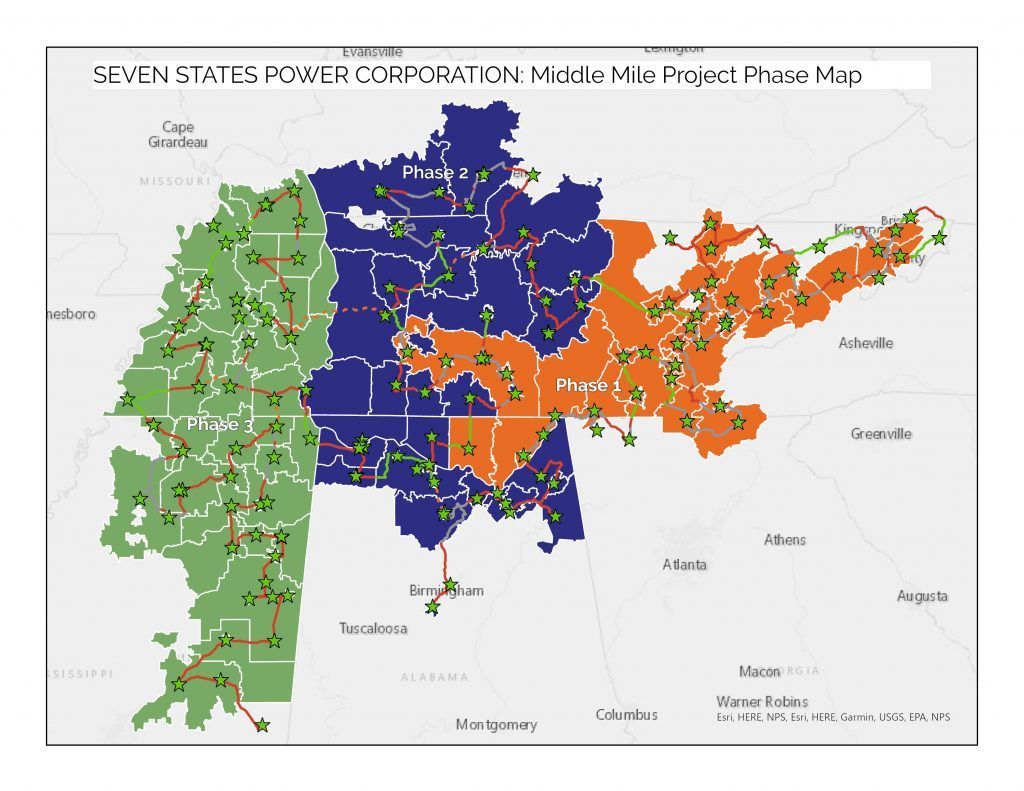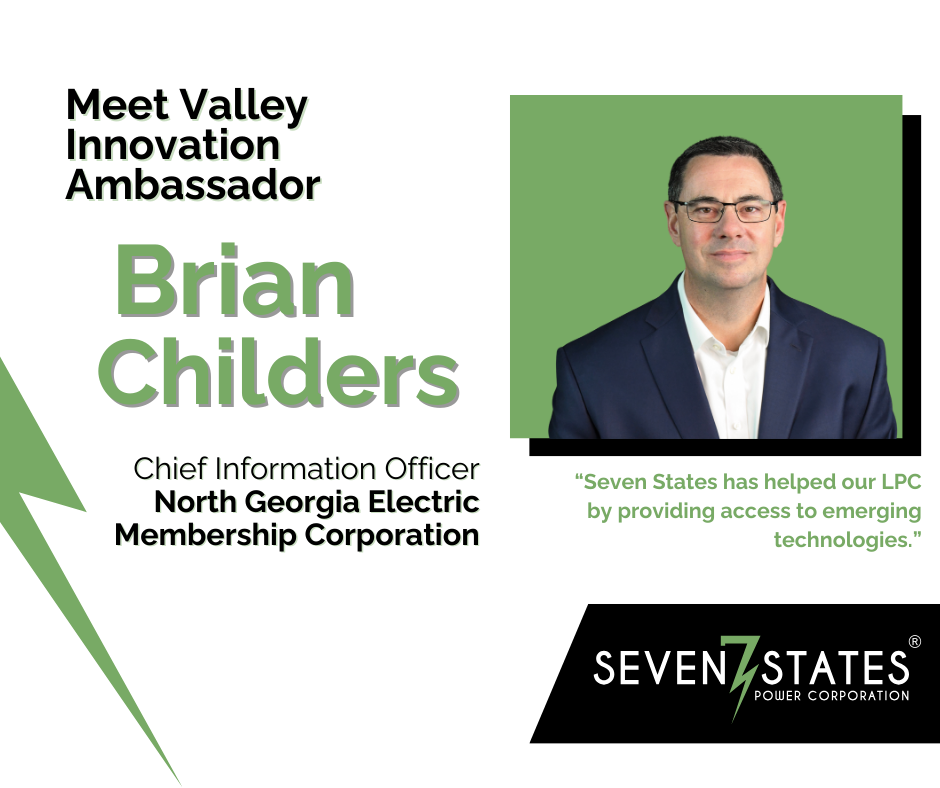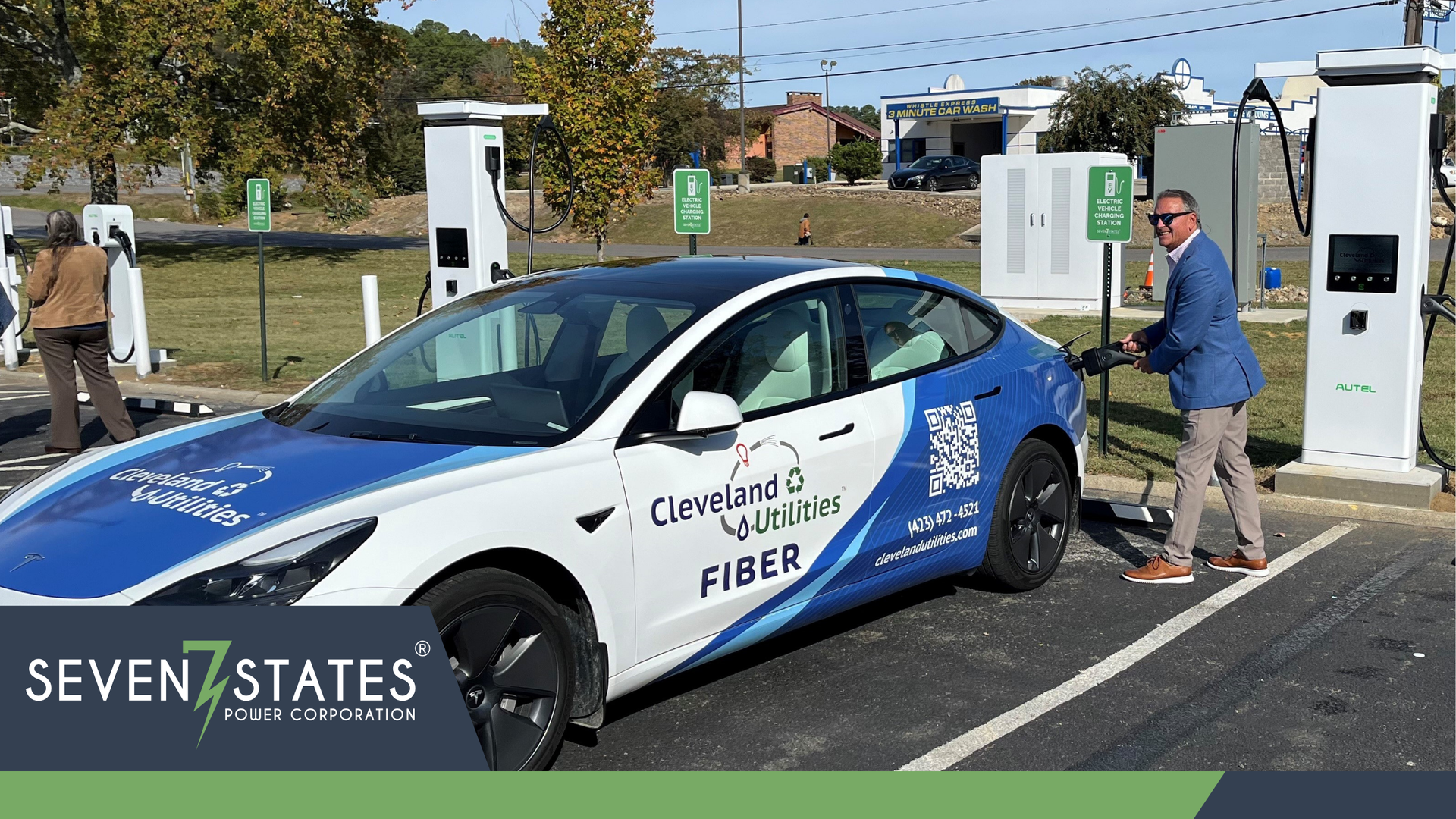
As we work together to build a middle mile fiber network that will interconnect local power companies (LPCs) across the Tennessee Valley, Seven States is excited to announce the Valley-wide project is on track and moving toward the launch of Phase II.
The middle mile network will benefit the interconnected electric grid within the Tennessee Valley by enabling grid modernization while also facilitating deployments of broadband services to unserved and underserved communities. We believe the network will serve as the communications backbone for grid modernization projects such as distribution automation, work management systems, demand management programs, data center mirroring for backup and disaster recovery, and emergency communications to name a few. Additionally, LPCs will be able to purchase support services such as billing, technical support, and 24/7 call centers.
Unanimously approved by the Seven States board of directors in August 2021, the project is progressing in geographic phases, with each phase consisting of four specific steps: high-level design, detailed construction design, construction, and operation.
The local power companies (LPCs) participating in Phase I of the project have been working with Seven States and engineering firm Black & Veatch to develop a high-level design of the network. Over the next several weeks, the 36 of 44 eligible Phase I LPCs – primarily in the eastern part of the region – who signed participation agreements will have the opportunity to review the high-level design and prepare to move forward with detailed construction design.
Concurrently, Seven States is excited to launch Phase II of the project, with Seven States staff poised to begin reaching out to the 53 eligible Phase II LPCs – primarily in the middle part of the region – in the coming weeks to discuss participating in the high-level design process.
If you have questions about the middle mile project, including how to apply for middle mile infrastructure funding in state grant applications , please reach out to Clint Wilson at cwilson@7spc.com.
What Middle Mile Leaders Are Saying:
Clayton Dowell, Director of Engineering, Bristol Tennessee Essential Services: “Much like the decisions we make to build substations with an eye toward the future, it is critically important that we build out a middle mile network before we really need it, to be ready for changes coming to the grid and our customers. I am glad Seven States is taking a proactive approach to interconnect the Valley and know this work will truly pay off down the road.”
Katie Espeseth, Vice President of New Productions, EPB: “Building a middle mile fiber network will prove incredibly valuable by allowing each of our utilities to aggregate the internet needs of the Valley and lower broadband access costs and improve performance and reliability for all of us. It also gives us a unique advantage by giving all LPCs a presence in tier-1 data centers.”
Gary Bolton, President and CEO, Fiber Broadband Association President: “We applaud Seven States’ middle mile fiber network initiative to connect the Tennessee Valley. This project will provide the critical fiber backbone for the 153 LPCs across the region to significantly benefit the communities that they serve.”





